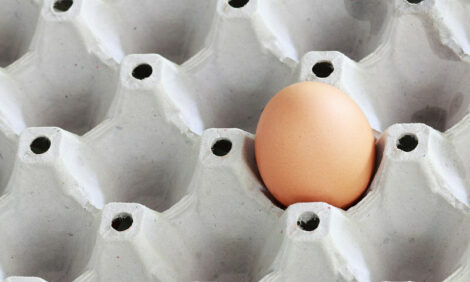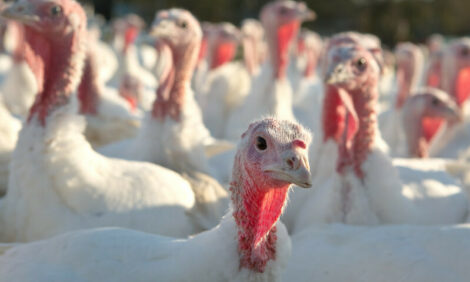



Improving Broiler Production in Benin
BENIN - The ideal slaughter age of indigenous chickens is 24 weeks, according to new research from Benin.Researchers have found the best carcass yields for local broilers at 24 weeks of age for birds kept in traditional and improved systems, and so they conclude that the ideal slaughter age of indigenous chickens of Benin is 24 weeks.
U.P. Tougan from the Polytechnic School of Abomey-Calavi and co-authors explain in the current issue of the International Journal of Poultry Science that the local poultry population of Benin is composed of various ecotypes including chickens Holli, Sahoue, Fulani, North and South.
To characterise them better, they assessed the carcass traits for each genetic type, breeding system and slaughter age.
Using a total of 260 chickens - 52 chickens of each type - they divided the birds into two groups, rearing them under traditional or improved breeding systems. For each breeding system, 26 cockerels of each type were slaughtered at 20, 24 and 28 weeks old for carcass traits analysis.
The results show that liveweight, carcass weight, the weight of the cuts of thigh-drumsticks and wings of Holli chickens were the highest. The lowest live and carcass weights were noted for the South ecotype.
Carcass yields of the five genetic types of chicken were similar. The Holli and Fulani had similar breast weights, which were heavier than the Sahoue, North and South types.
Chickens reared under the improved breeding system had heavier live and carcass weights than the traditional system. Carcass drip loss was more important in chickens bred under traditional system.
Liveweight and carcass cuts value were significantly affected by slaughter age.
Reference
Tougan U.P., M. Dahouda, C.F.A. Salifou, S.G. Ahounou, M.T. Kpodekon, G.A. Mensah, D.N.F. Kossou, C. Amenou, C.E. Kogbeto, A. Thewis and I.A.K. Youssao. 2013. Variability of carcass traits of local poultry populations of Gallus gallus species of Benin. Int. J. Poult. Sci. 12(8):473-483.








